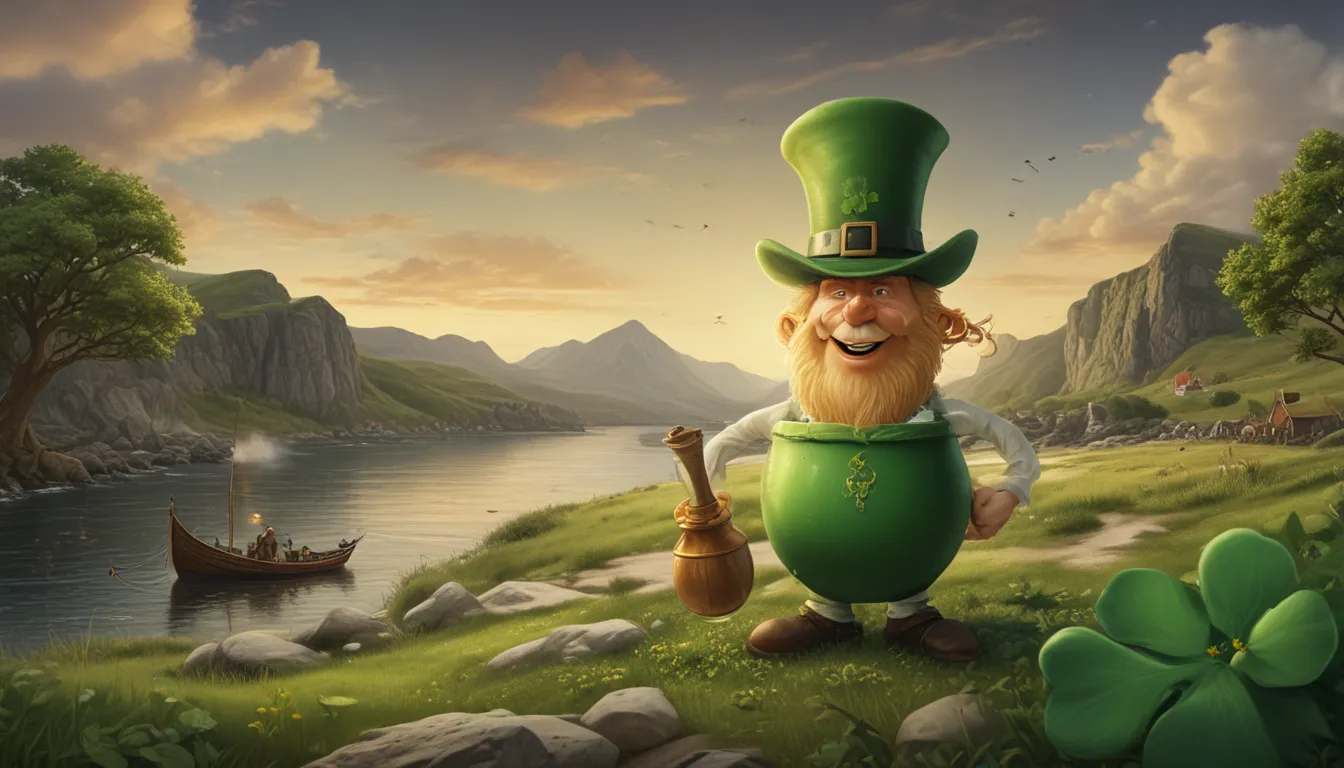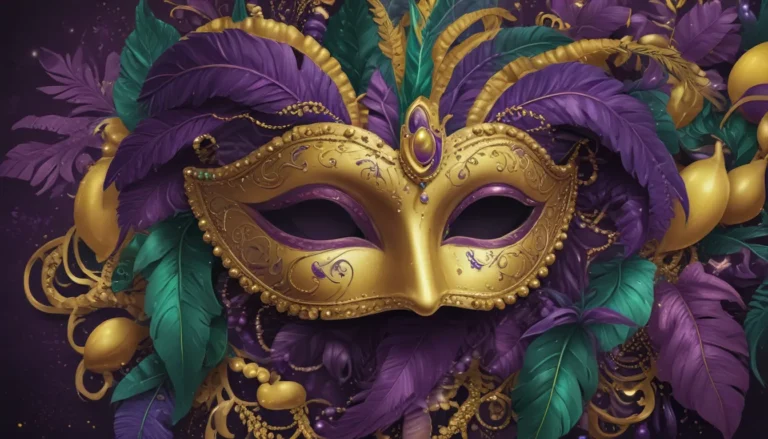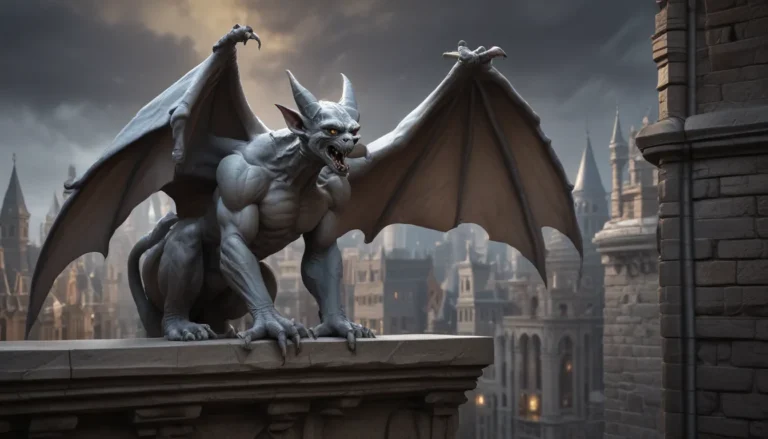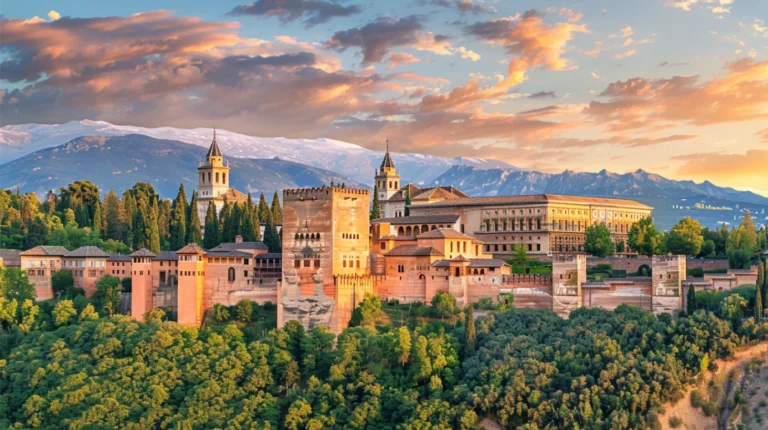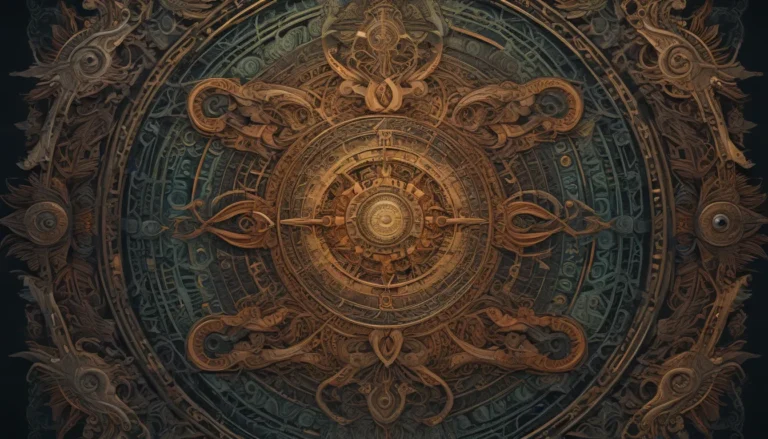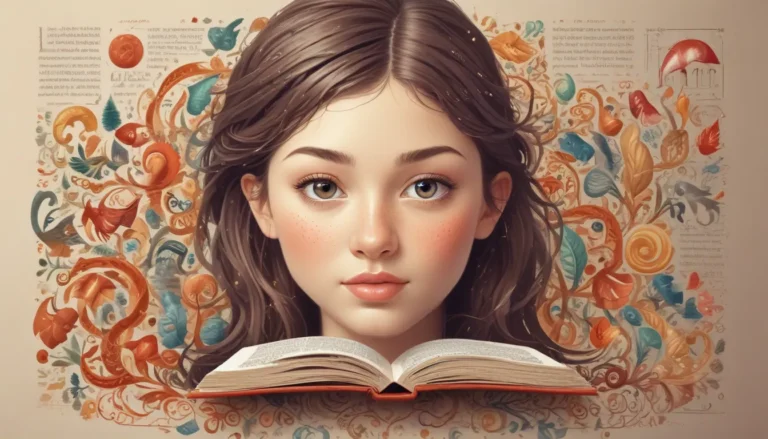The images in our articles may not match the content exactly. They are used to grab your attention, not to show the exact details in the text. The images complement the text but do not replace it.
St. Patrick’s Day is a beloved holiday celebrated around the world on March 17th. It’s a day filled with vibrant green colors, lively parades, and plenty of Irish cheer. But there’s so much more to this holiday than just wearing green and enjoying a pint of Guinness. In this in-depth guide, we’ll explore the history, traditions, and celebrations that make St. Patrick’s Day such a special occasion.
1. The History of St. Patrick’s Day
St. Patrick’s Day is named after Saint Patrick, the patron saint of Ireland. Born in Britain in the 5th century, Patrick was kidnapped and brought to Ireland as a slave at the age of 16. After escaping and returning home, he became a priest and later returned to Ireland to spread Christianity. He is credited with bringing the religion to the island and using the shamrock to explain the Holy Trinity.
The first St. Patrick’s Day celebration took place in the 9th or 10th century as a feast day to honor the saint. However, it wasn’t until the 17th century that the day became an official Christian feast day. Interestingly, the first St. Patrick’s Day parade didn’t take place in Ireland, but rather in America. In 1601, Spanish colonists held a parade in what is now St. Augustine, Florida.
2. St. Patrick’s Day in America
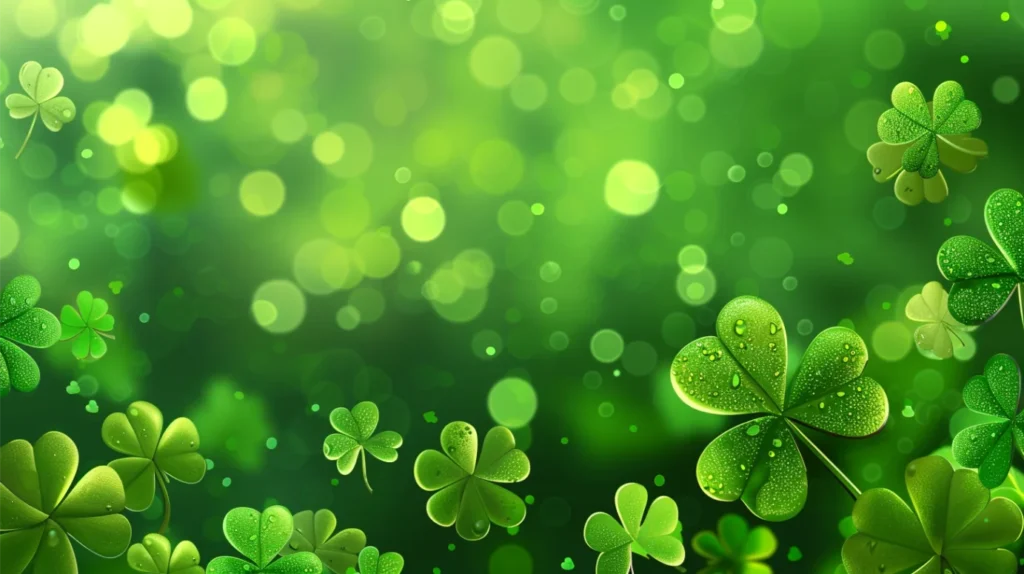
While St. Patrick’s Day originated in Ireland, it has become a significant cultural celebration in the United States. This is largely due to the waves of Irish immigrants who came to America throughout history, especially during the Great Potato Famine in the mid-19th century.
As the Irish population in America grew, so did the celebrations surrounding St. Patrick’s Day. The first New York City parade took place in 1762, and today, it is the largest and oldest civilian parade in the world, with over 150,000 participants and millions of spectators.
Other notable American St. Patrick’s Day traditions include dyeing the Chicago River green, a practice that began in 1962, and the annual Shamrock Shake at McDonald’s, which has been a seasonal favorite since 1970.
3. Traditions and Symbols
St. Patrick’s Day is full of beloved traditions and symbols. One of the most iconic is the color green, which represents Ireland’s lush landscapes and is said to bring good luck. Revelers often dress head-to-toe in green, and some even dye their hair or paint their faces.
The shamrock, a three-leafed clover, is another important symbol. According to legend, St. Patrick used the shamrock to explain the concept of the Holy Trinity to the Irish people. Today, it remains a symbol of Irish pride and is often worn on clothing or accessories.
Other popular symbols include leprechauns (mischievous fairy-like creatures said to hide pots of gold), rainbows, and the Celtic cross.
4. Food and Drink
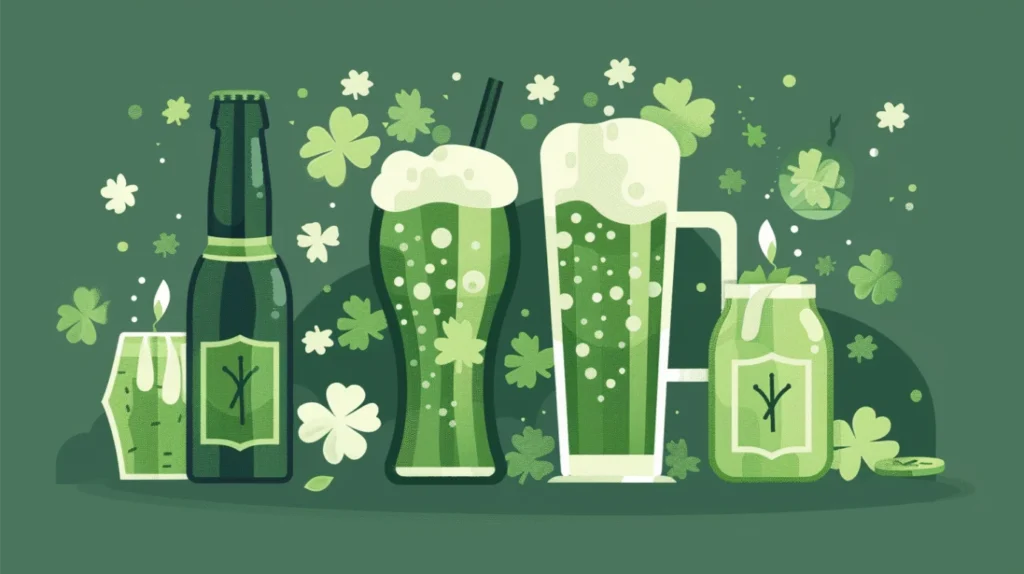
No St. Patrick’s Day celebration would be complete without traditional Irish food and drink. One staple is corned beef and cabbage, a hearty dish often served alongside potatoes and carrots. Other popular dishes include Irish soda bread, shepherd’s pie, and colcannon (mashed potatoes with cabbage).
When it comes to drinks, beer is the beverage of choice for many celebrants. Guinness, an iconic Irish stout, is a particularly popular choice. In fact, it’s estimated that over 13 million pints of Guinness are consumed worldwide on St. Patrick’s Day alone.
For those who prefer non-alcoholic options, McDonald’s Shamrock Shake has become a beloved seasonal treat. The minty green milkshake is only available for a limited time each year around St. Patrick’s Day.
5. Celebrations Around the World
While St. Patrick’s Day is most closely associated with Ireland and the United States, it is celebrated in many countries around the world. From Argentina to Japan, people come together to enjoy parades, festivals, and other cultural events.
Some notable international celebrations include:
- The St. Patrick’s Day parade in Munich, Germany, which attracts over 15,000 participants each year.
- The week-long St. Patrick’s Festival in Sydney, Australia, which features live music, dance performances, and a colorful parade.
- The greening of the Colosseum in Rome, Italy, which is illuminated with green lights in honor of the holiday.
These global celebrations are a testament to the enduring legacy and appeal of Irish culture.
6. Modern Twists on Tradition
While many St. Patrick’s Day traditions have remained unchanged for centuries, others have evolved with the times. In recent years, there has been a growing interest in eco-friendly celebrations that minimize waste and support sustainability.
For example, some parade organizers have banned the use of plastic beads and other single-use items, encouraging participants to opt for more environmentally friendly alternatives. Others have incorporated green energy and transportation into their events, such as using biodiesel fuel for floats or promoting cycling and public transit.
There has also been a push to make St. Patrick’s Day celebrations more inclusive and diverse. Many cities now host events that celebrate Irish culture alongside other cultural traditions, such as the St. Pat’s for All parade in New York City, which welcomes participants of all backgrounds and identities.
7. The Meaning Behind the Celebration
At its core, St. Patrick’s Day is a celebration of Irish culture and heritage. For many people of Irish descent, it’s a day to connect with their roots and honor the sacrifices and contributions of their ancestors.
But the holiday has also taken on a broader significance as a celebration of unity, friendship, and the coming together of people from all walks of life. In a world that can often feel divided, St. Patrick’s Day serves as a reminder of the power of community and shared cultural experiences.
As the saying goes, “Everyone is Irish on St. Patrick’s Day.” Whether you have Irish ancestry or simply enjoy donning green and joining in the festivities, St. Patrick’s Day is a holiday that welcomes all.
Conclusion
St. Patrick’s Day may have started as a religious feast day in Ireland, but it has grown into a global celebration of Irish culture and heritage. From the vibrant parades and shamrock-adorned outfits to the hearty food and lively music, there are countless ways to join in the festivities.
Whether you’re sipping a pint of Guinness at your local pub, attending a parade with friends and family, or simply wearing a bit of green to show your support, St. Patrick’s Day is a holiday that brings people together in the spirit of joy and camaraderie.
So this March 17th, embrace the luck of the Irish and join in the celebration. Who knows – you may just find a pot of gold at the end of the rainbow.
